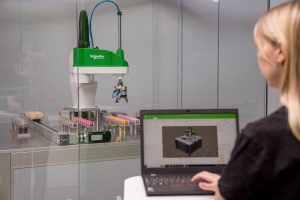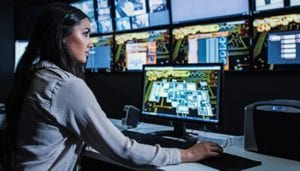There is a direct analogy between emerging IoT enabled autonomous cars and the promise of IIoT enabled autonomous industrial assets. Real-time controls executing in IIoT enabled industrial automation platform will make autonomous industrial assets, such as pumps, compressors, evaporators, distillation columns and the like, a reality.
For decades, industrial automation developers and users have focused their efforts on the development and utilization of state-of-the-art technologies into industrial automation systems. This has resulted in a significant continuous evolution of industrial automation platforms, but the control delivered on these platforms has not advanced at the same pace. Much of the real-time control being implemented today is essentially the same as the control implemented three-decades ago. This will need to change if autonomous industrial assets are to emerge.
Real-time control in industrial operations has primarily focused on process and logic control for improved operational efficiency. Controlling operational efficiency is necessary as part of the control strategy for autonomous industrial assets, but it is not sufficient. Industrial controls need to be developed to control reliability, safety risk, environmental risk and even operational profitability for each industrial asset to be autonomously operated, much in the same manner as is required for autonomous automobiles. With this level of extended real-time industrial controls, each and every equipment asset can be made to operate autonomously and optimally. These autonomous equipment assets can be combined to form autonomous units, areas, sites, and enterprises leading to optimally operating safe, reliable, environmentally friendly, efficient and profitable industrial assets and asset sets.
Considerable energy is being invested toward the technology underpinning IoT and IIoT, and this technology is very interesting and exciting. But the true value of IoT is realized when the functionality delivered by the technology increases to provide new levels of performance. In the case of industrial automation systems, the functionality delivered has been real-time controls since inception. By extending and expanding our perspective of real-time controls, optimally controlled autonomous assets and asset sets will emerge and the true promise of IIoT will be realized.


